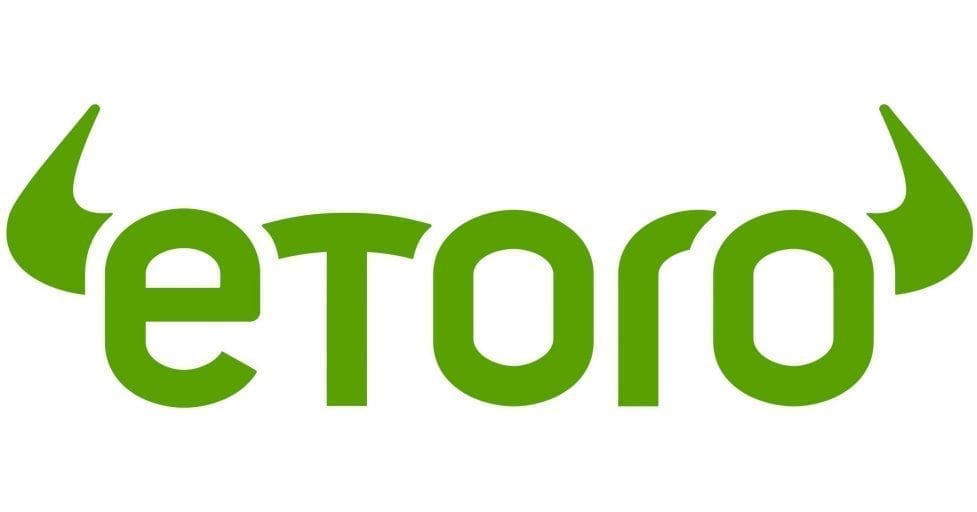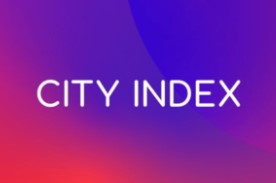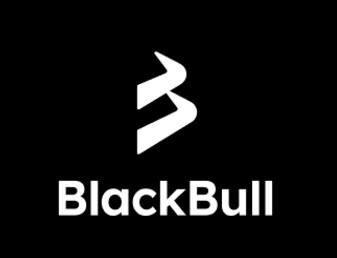James Hardie Industries plc (ASX: JHX), a global leader in fiber cement building products, has found itself at the center of investor scrutiny following its latest earnings release and a controversial acquisition. Today’s session saw the James Hardie share price dip 0.11% in closing at $36.07, continuing a sharp pullback since the firm’s recently announced financial results. The close today also leaves JHX down more than 10% in a little over 1 week, and 27.90% down since the start of the year, putting holders firmly on the backfoot.
The stock’s volatility has made it one of the most closely watched names on the Australian Securities Exchange this week, with markets looking to digest the disappointing guidance, and regional headwinds from the latest print.
The company reported annual adjusted net income of $644.3 million for FY25, down from $707.5 million in the prior year. While this figure came in slightly ahead of analyst consensus, it failed to offset concerns about the company’s outlook. Q4 net sales dropped 3% year-on-year to $972 million, and total net sales for the year declined 1% to $3.9 billion, ending what had been a record year in FY24.
The company’s forward guidance did little to reassure markets. Management projected only low single-digit growth in adjusted operating earnings for fiscal 2026, well below the 8% growth expected by analysts. Notably, James Hardie broke with tradition by not providing a specific profit outlook number for FY26, further fueling investor uncertainty and triggering a sell-off.

Top Australian Brokers
- Pepperstone - Trading education - Read our review
- IC Markets - Experienced and highly regulated - Read our review
- eToro - Social and copy trading platform - Read our review
Performance in Australia and New Zealand was mixed. While margins improved thanks to higher average selling prices and operational cost savings, overall volumes slipped. In Q4, net sales in Australian dollar terms fell 13%, primarily due to a 31% drop in volumes following the closure of the Philippines manufacturing and commercial operations. These volume declines were only partially offset by a 25% increase in average prices, underscoring the challenges James Hardie faces in maintaining growth in its core markets.
Elsewhere, the company reported ongoing difficulties in Europe, particularly in Germany, while its UK operations are better positioned for recovery, contingent on an uptick in residential construction.
The most contentious development, however, remains James Hardie’s $8.75 billion acquisition of U.S. rival AZEK, announced in March 2025. The deal, which offered a 37% premium to AZEK’s closing price, has sparked significant investor backlash. Critics argue that the acquisition price is excessive and have voiced concerns about the transparency of the process. Adding fuel to the fire, the ASX granted James Hardie a waiver to issue 35% of its listed shares to AZEK investors without a shareholder vote. This move, combined with speculation that the company may shift its primary listing to the NYSE has not gone down well.
Despite the recent turmoil, some analysts remain optimistic about James Hardie’s long-term prospects. BofA analysts describe the company as “best-in-class” with a significant competitive moat due to its high-quality products. Several brokerages believe that the AZEK acquisition, while costly in the short term, could drive meaningful earnings growth from fiscal 2027 onwards, particularly if integration efforts are successful and the U.S. housing market recovers. The consensus price target of $43.92 continues to reflect perceived upside in JHX from here, although analysts targets can be notoriously fickle. For now, the near-term outlook remains clouded.





